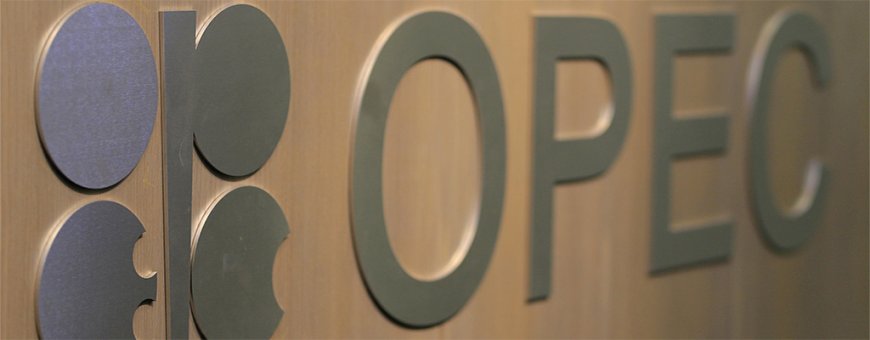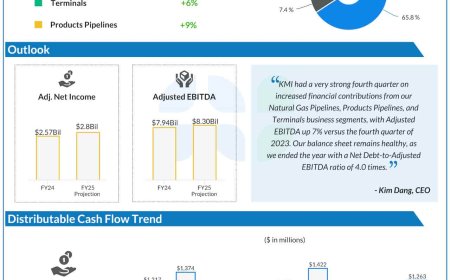Traders More Bullish on Brent Crude Following OPEC+ Decision
OPEC+’s decision to delay a rollback of production cuts agreed last year has rekindled trader interest in the commodity with a view to a tighter supply picture in 2025. The latest news out of China could reinforce that interest, giving oil prices a chance to stage a last-minute recovery this year. OPEC+ agreed last week to postpone the start of bringing back production to the market to April 2025, with the full return to pre-agreement output levels seen no earlier than the start of 2027. The decision was prompted by stubbornly depressed prices, largely resulting from a trader perception of weak Chinese demand—and OPEC’s own outlook for global demand. This year, the cartel has revised its global oil demand projections five times, all downwards. The latest revision came just week, with OPEC revising its estimate by a sizable 210,000 barrels daily to 1.6 million bpd. For context, early in the year, OPEC expected global oil demand to grow by some 2.25 million bpd this year. Yet there are continued constraints on OPEC+ production, despite recovering output in Libya, and China’s latest import figures and news about a fresh package of stimulus being considered by Beijing to accelerate economic growth. Amid these developments, institutional traders are building their positions in crude oil again, energy market analyst John Kemp reported this week, citing hedge fund purchases totaling the equivalent of 29 million barrels of crude during the first week of December. The bulk of this, 26 million barrels, was in Brent crude, with the remainder in West Texas Intermediate. As a result, the total exposure of speculators to crude oil now stands at 157 million barrels, Kemp reported, which is the highest since early October. Traders’ renewed attraction to crude oil is hardly a surprise after months of price depression despite the OPEC+ cuts. The prolonged weakness of prices was repeatedly attributed to demand signals from China, with the overall perception being that the world’s largest importer has reached the end of its demand growth and from now on, the decline will be irreversible. This proved wrong last month, when Chinese crude oil imports reversed months of weakness to jump 14% over October levels, to 11.81 million barrels daily. The November figure will not be able to reverse the steady decline that China’s imports have demonstrated this year, which means the pressure on prices will remain for the rest of 2024, but the new year could bring changes, following Beijing’s clear intention to inject additional stimulus fuel into the economy to reach its growth targets. Yet institutional traders also bought more oil in anticipation of the Trump presidency, which most seem to believe would involve a tightening of sanctions against Iran that would affect oil supply, tightening the market further. Indeed, based on Trump’s track record with Iran, chances are that the new administration would seek to intensify the sanction pressure on Tehran, with the country’s oil industry the obvious target. In this context, some price forecasters are starting to revise their outlook for the commodity. Morgan Stanley recently updated its 2025 outlook for Brent, revising the price forecast higher on the grounds that the delay in OPEC+ supply cut unwinding would result in a smaller than previously expected global overhang. Citi, on the other hand, expects the overhang to be significant, to the tune of 800,000 bpd, which has given the bank reason to remain bearish on oil. The expectation of a supply overhang appears to be rather unanimous among analysts, with just a few suggesting the market could actually swing into a deficit in 2025 as demand surprises. It has already surprised, in fact. Although weaker than traders expected, China’s demand for oil remains on an upward trajectory—and that’s despite record-breaking EV sales that were supposed to sap that growth. By Irina Slav for Oilprice.com

OPEC+’s decision to delay a rollback of production cuts agreed last year has rekindled trader interest in the commodity with a view to a tighter supply picture in 2025. The latest news out of China could reinforce that interest, giving oil prices a chance to stage a last-minute recovery this year.
OPEC+ agreed last week to postpone the start of bringing back production to the market to April 2025, with the full return to pre-agreement output levels seen no earlier than the start of 2027. The decision was prompted by stubbornly depressed prices, largely resulting from a trader perception of weak Chinese demand—and OPEC’s own outlook for global demand.
This year, the cartel has revised its global oil demand projections five times, all downwards. The latest revision came just week, with OPEC revising its estimate by a sizable 210,000 barrels daily to 1.6 million bpd. For context, early in the year, OPEC expected global oil demand to grow by some 2.25 million bpd this year.
Yet there are continued constraints on OPEC+ production, despite recovering output in Libya, and China’s latest import figures and news about a fresh package of stimulus being considered by Beijing to accelerate economic growth.
Amid these developments, institutional traders are building their positions in crude oil again, energy market analyst John Kemp reported this week, citing hedge fund purchases totaling the equivalent of 29 million barrels of crude during the first week of December. The bulk of this, 26 million barrels, was in Brent crude, with the remainder in West Texas Intermediate. As a result, the total exposure of speculators to crude oil now stands at 157 million barrels, Kemp reported, which is the highest since early October.
Traders’ renewed attraction to crude oil is hardly a surprise after months of price depression despite the OPEC+ cuts. The prolonged weakness of prices was repeatedly attributed to demand signals from China, with the overall perception being that the world’s largest importer has reached the end of its demand growth and from now on, the decline will be irreversible. This proved wrong last month, when Chinese crude oil imports reversed months of weakness to jump 14% over October levels, to 11.81 million barrels daily.
The November figure will not be able to reverse the steady decline that China’s imports have demonstrated this year, which means the pressure on prices will remain for the rest of 2024, but the new year could bring changes, following Beijing’s clear intention to inject additional stimulus fuel into the economy to reach its growth targets.
Yet institutional traders also bought more oil in anticipation of the Trump presidency, which most seem to believe would involve a tightening of sanctions against Iran that would affect oil supply, tightening the market further. Indeed, based on Trump’s track record with Iran, chances are that the new administration would seek to intensify the sanction pressure on Tehran, with the country’s oil industry the obvious target.
In this context, some price forecasters are starting to revise their outlook for the commodity. Morgan Stanley recently updated its 2025 outlook for Brent, revising the price forecast higher on the grounds that the delay in OPEC+ supply cut unwinding would result in a smaller than previously expected global overhang. Citi, on the other hand, expects the overhang to be significant, to the tune of 800,000 bpd, which has given the bank reason to remain bearish on oil.
The expectation of a supply overhang appears to be rather unanimous among analysts, with just a few suggesting the market could actually swing into a deficit in 2025 as demand surprises. It has already surprised, in fact. Although weaker than traders expected, China’s demand for oil remains on an upward trajectory—and that’s despite record-breaking EV sales that were supposed to sap that growth.
By Irina Slav for Oilprice.com











































